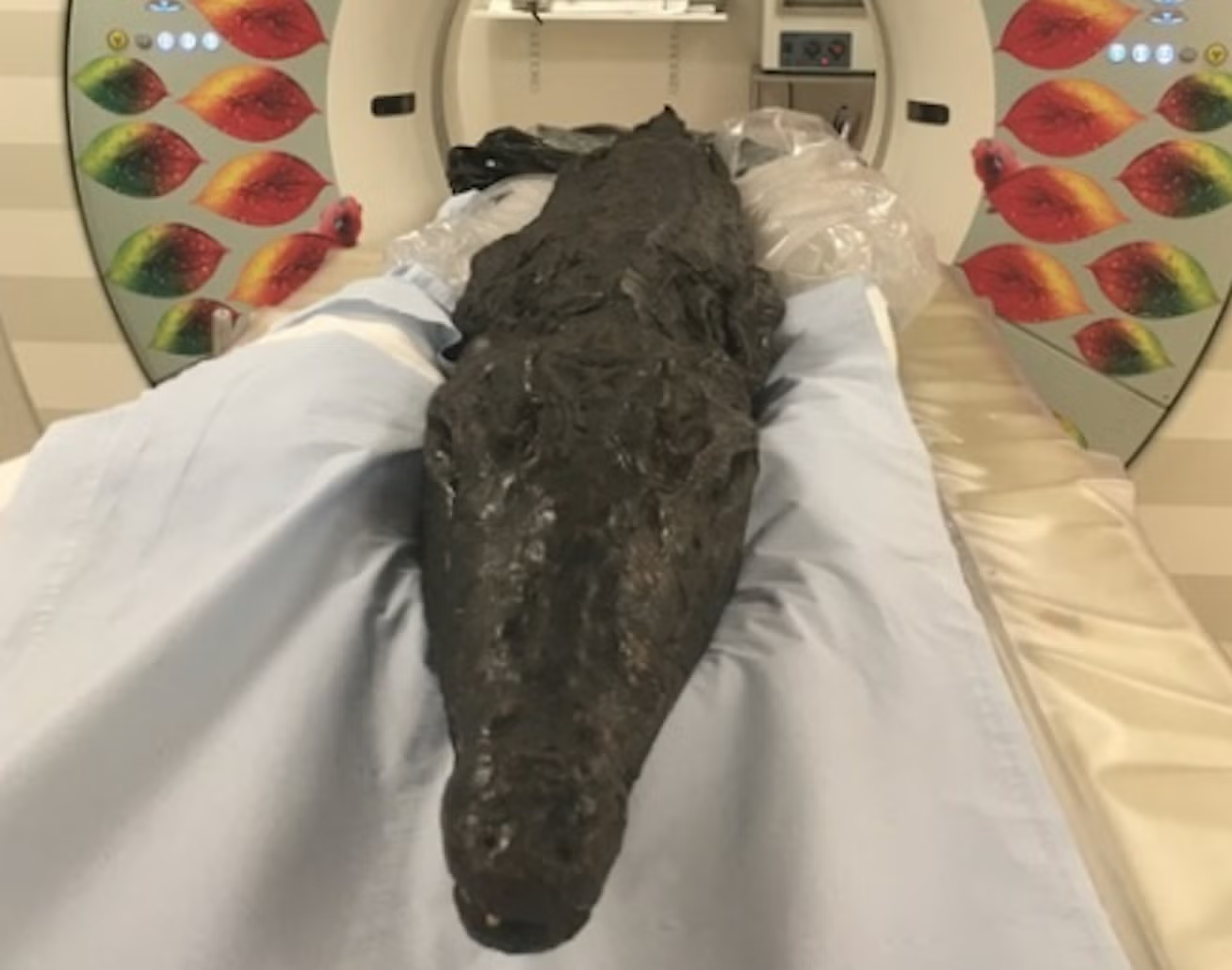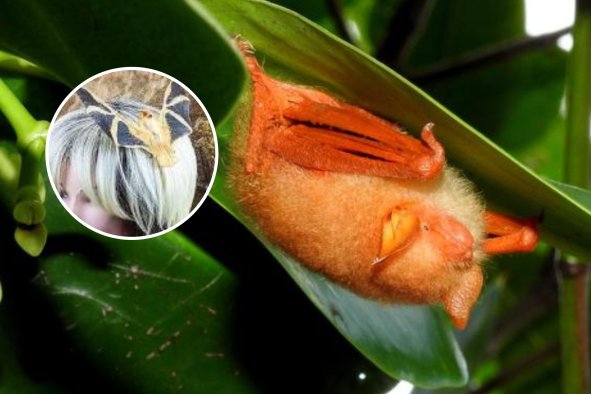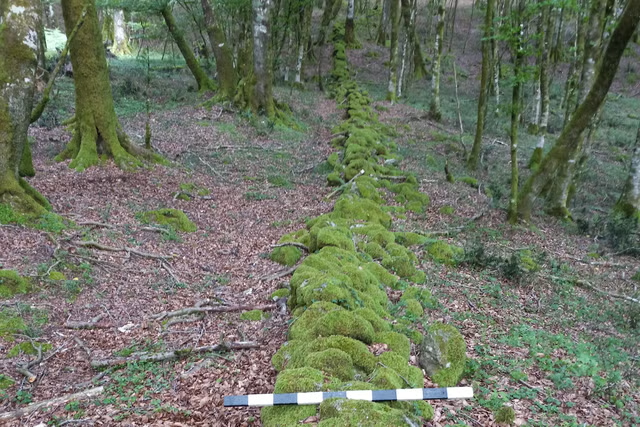Support truly
independent journalism
Support Now
Our mission is to deliver unbiased, fact-based reporting that holds power to account and exposes the truth.
Whether $5 or $50, every contribution counts.
Support us to deliver journalism without an agenda.

Louise Thomas
Editor
Advanced scans of a mummified crocodile have revealed it was likely killed as an offering to the god Sobek, shedding more light on the practice of animal sacrifice in ancient Egyptian rituals.
Archaeologists said the mummy, kept at Birmingham Museum and Art Gallery, could be between 2,000 and 3,000 years old, when the practice of mummifying animals was at its peak.
They found the 2.2-metre-long reptile had swallowed stones to break down chunks of meat and regulate its buoyancy.
The stones were higher up in the gut, indicating the animal attempted to break down its last meal, a fish still tied to its hook, but died before the food could reach its stomach.
The findings led scientists to suspect the crocodile was caught in the wild and processed for mummification, likely as an offering to the crocodile god Sobek.
“Our work revealed a great amount of information, both about the life of the crocodile and the postmortem treatment of its remains,” Egyptologist Lidija Mcknight said.
“Mummies have long been a source of fascination for museum visitors of all ages. Our work provides a unique opportunity to connect visitors to the story of this animal,” Dr Mcknight, a co-author of the study published in the journal Digital Applications in Archaeology and Cultural Heritage, said.
The study also showed the promise of imaging technology to peer inside mummies without damaging them as opposed to more invasive techniques like autopsy which were previously used.

Using special software and 3D X-ray scans, scientists could virtually reconstruct the hook attached to the fish.
“We took the process a step further by replicating the hook in its original material, bronze,” Dr Mcknight said.
“Egyptians probably used a hardened clay mould into which the molten metal, melted over a charcoal-based heat source, would have been poured. Despite the passing of several millennia between the production of the ancient fish hook and the modern replica, the casting process remains remarkably similar.”
Disclaimer: The copyright of this article belongs to the original author. Reposting this article is solely for the purpose of information dissemination and does not constitute any investment advice. If there is any infringement, please contact us immediately. We will make corrections or deletions as necessary. Thank you.



